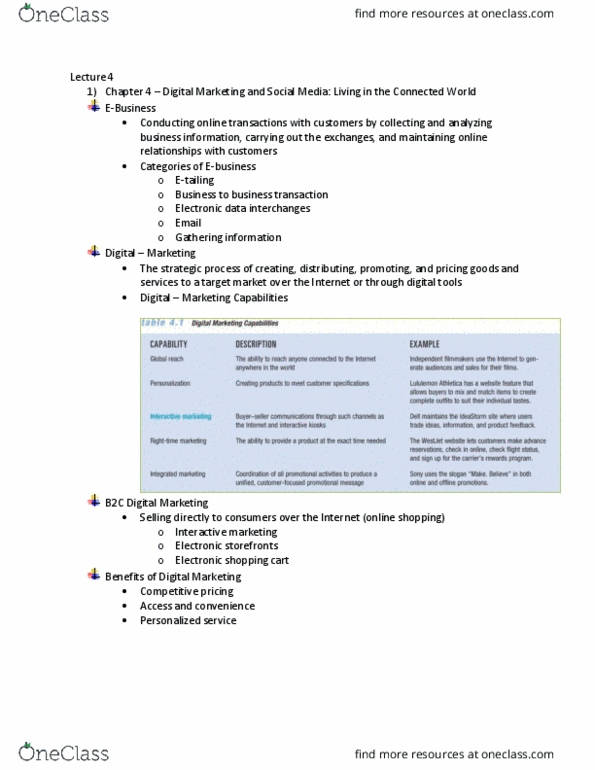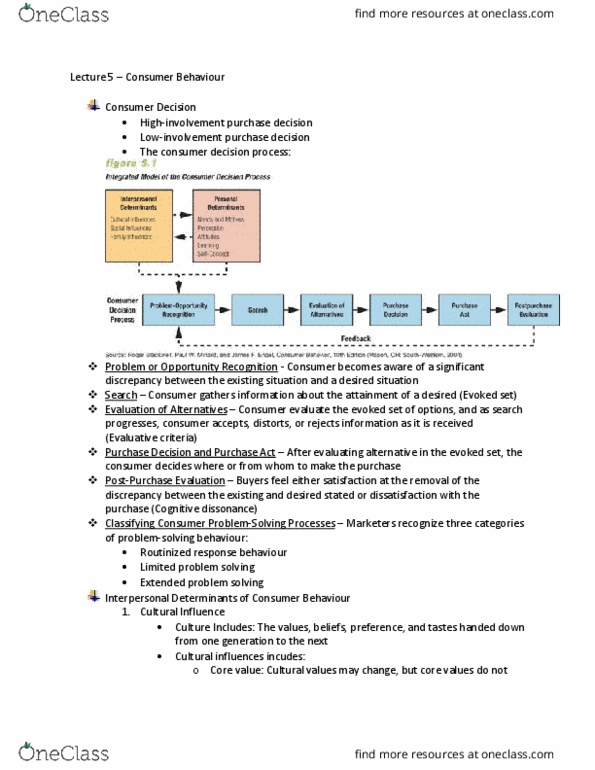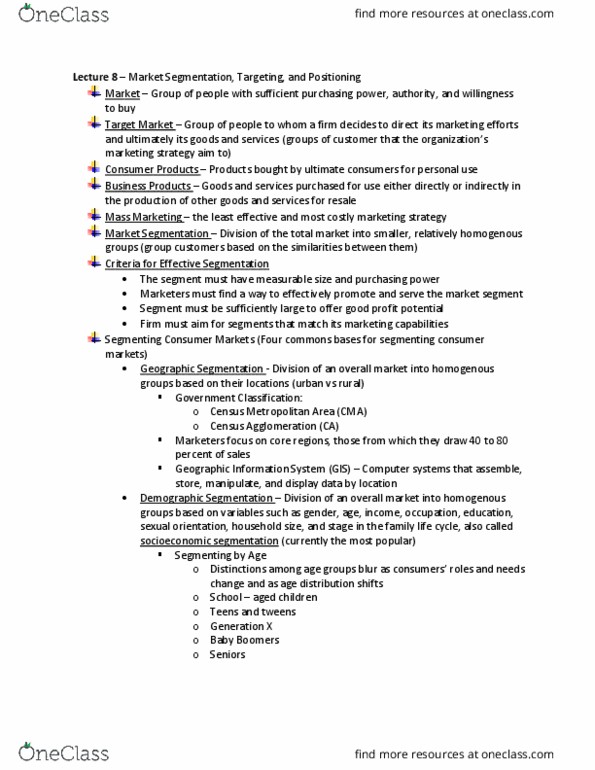ADMS 2200 Lecture Notes - Lecture 6: Cognitive Dissonance, Social Influence, Reference Group
ADMS 2200 verified notes
6/12View all
4

ADMS 2200 Lecture Notes - Lecture 4: Data Mining, Social Media Measurement, Social Media Analytics
6

ADMS 2200 Lecture Notes - Lecture 6: Cognitive Dissonance, Social Influence, Reference Group
8

ADMS 2200 Lecture Notes - Lecture 8: Census Geographic Units Of Canada, Geographic Information System, Baby Boomers
Document Summary
Consumer decision: high-involvement purchase decision, low-involvement purchase decision, the consumer decision process: Problem or opportunity recognition - consumer becomes aware of a significant discrepancy between the existing situation and a desired situation. Search consumer gathers information about the attainment of a desired (evoked set) Evaluation of alternatives consumer evaluate the evoked set of options, and as search progresses, consumer accepts, distorts, or rejects information as it is received (evaluative criteria) Purchase decision and purchase act after evaluating alternative in the evoked set, the consumer decides where or from whom to make the purchase. Post-purchase evaluation buyers feel either satisfaction at the removal of the discrepancy between the existing and desired stated or dissatisfaction with the purchase (cognitive dissonance) Classifying consumer problem-solving processes marketers recognize three categories of problem-solving behaviour: routinized response behaviour, limited problem solving, extended problem solving. Influence of reference group depends on two conditions. Purchased product must be seen and identifiable.

